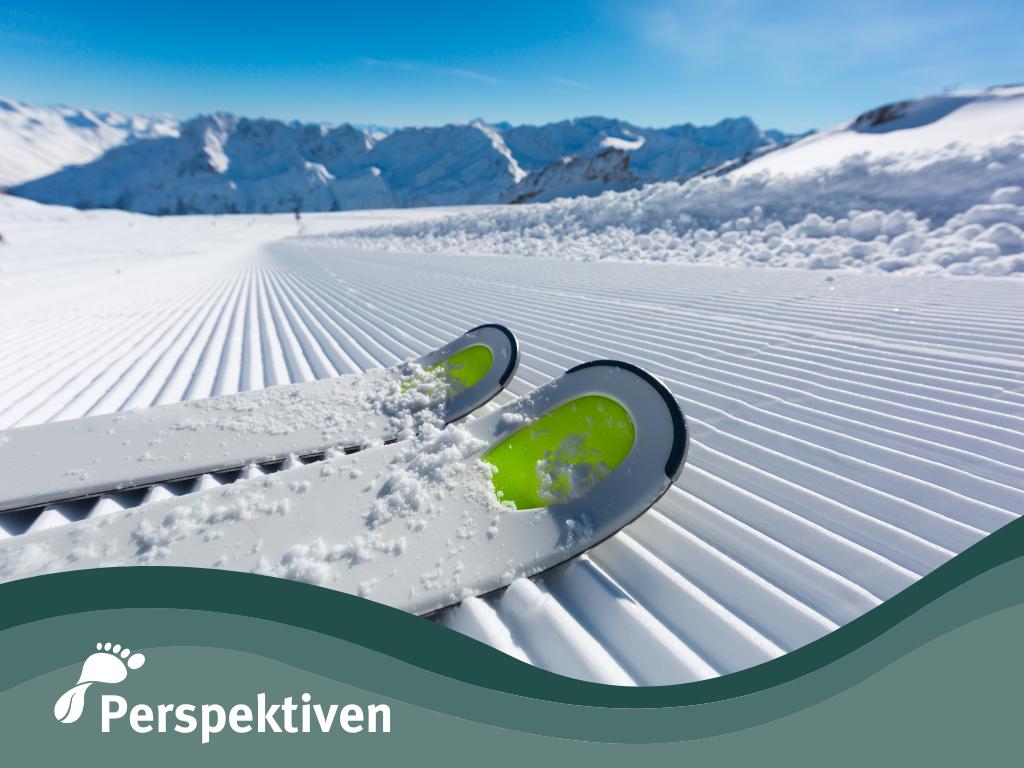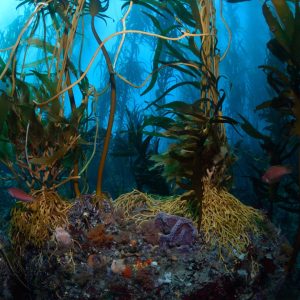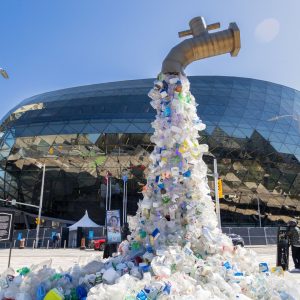How can ski tourism become sustainable?

Powder snow, sunshine, icy blue skies, yeast dumplings, hut magic, red cheeks and that special feeling of tiredness after a day on the slopes... I don't know about you, but my heart almost overflows at this scenario - and I'm obviously not alone.
Around 100 million tourists visit the European Alps every year. An almost unimaginably utopian number, in our opinion. Of course, this onslaught has to be "processed" somehow. As sustainability was not an issue until recently (by comparison), especially in ski tourism, it is legitimate to consider making skiing vacations more sustainable.
The focus is of course on CO2 consumption.
Arrival and departure
According to several studies in recent years, traveling to and from a vacation destination causes the largest proportion of CO2 emissions. Of course, the vehicle you choose (plane, train or car) to get to your vacation destination makes a big difference. The distance traveled also plays a role.
Since 85% of vacationers travel by car, there is definitely great potential for savings in this area. However, it should be noted that traveling by plane causes the greatest CO2 emissions - so from this point of view, a skiing vacation at home in winter is still better than a long-distance trip to the sun.
On the slopes
Lift systems and snowmaking naturally require large amounts of energy.
For example, while 20% of all Austrian slopes were covered with snow in 1991, by 2017 this figure had risen to 70% (i.e. all slopes in Austria that can be covered with snow). Advancing climate change is making ski resorts increasingly dependent on artificial snowmaking.
"Artificial" snowmaking sounds a bit like chemicals - but we would like to dispel this connotation of technically produced snow here. It actually consists of water and air. The water is propelled into the air at high speed through nozzles, causing the droplets to freeze and fall to the ground as snow crystals.
The production of one cubic meter of snow at temperatures above minus five degrees Celsius requires up to five times more energy than the production of one cubic meter of snow at colder temperatures.
Water consumption is around 3,000 cubic meters of water per hectare per year. In Austria alone, around 71,100,000 cubic meters of water are used per year for snowmaking on ski slopes.
A burger (not my favorite at the ski hut anyway) eaten at a hut causes 2 kilograms of CO2.
As you can see, winter vacations are not a CO2-saving program. But without air travel, it is definitely more economical than any winter beach vacation.
pro.earth conclusion:
If you don't want to miss out on winter fun (I can understand that from the bottom of my heart), pay attention to the journey and look for places with public transport and a ski bus. There is also a wide range of organic accommodation providers. By the way, staying a week in a ski resort is more climate-friendly than individual days of skiing - but you have to be able to afford it.






